Species Photo Gallery for Scaphoideus titanus American Grapevine Leafhopper 11 |
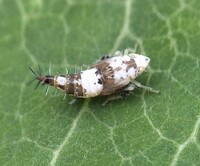 | Photo by: Ted Wilcox
Watauga Co.
Comment: unid_leafhopper | 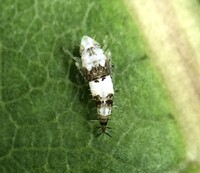 | Photo by: Ted Wilcox
Watauga Co.
Comment: unid_leafhopper |
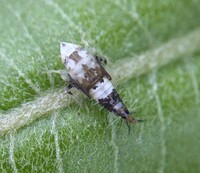 | Photo by: Ted Wilcox
Watauga Co.
Comment: unid_leafhopper | 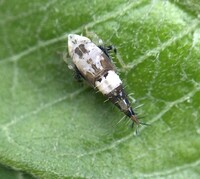 | Photo by: Ted Wilcox
Watauga Co.
Comment: unid_leafhopper |
 | Photo by: Ted Wilcox
Watauga Co.
Comment: | 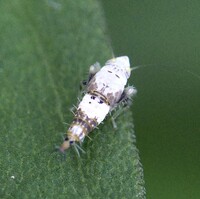 | Photo by: Ted Wilcox
Watauga Co.
Comment: unid_leafhopper |
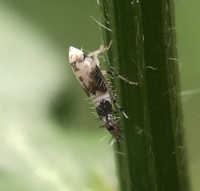 | Photo by: Scott Morris
Buncombe Co.
Comment: Found on edge of unmowed, grassy area that is about .2 acres in size. This area is highly diverse in plant species, both native and invasive. | 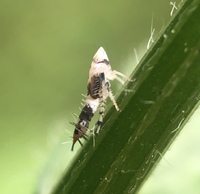 | Photo by: Scott Morris
Buncombe Co.
Comment: Found on edge of unmowed, grassy area that is about .2 acres in size. This area is highly diverse in plant species, both native and invasive. |
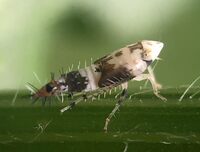 | Photo by: Scott Morris
Buncombe Co.
Comment: Found on edge of unmowed, grassy area that is about .2 acres in size. This area is highly diverse in plant species, both native and invasive. | 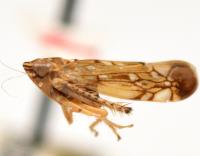 | Photo by: Kyle Kittelberger
Beaufort Co.
Comment: NCSU specimen |
 | Photo by: Kyle Kittelberger
Beaufort Co.
Comment: NCSU specimen |

 »
»

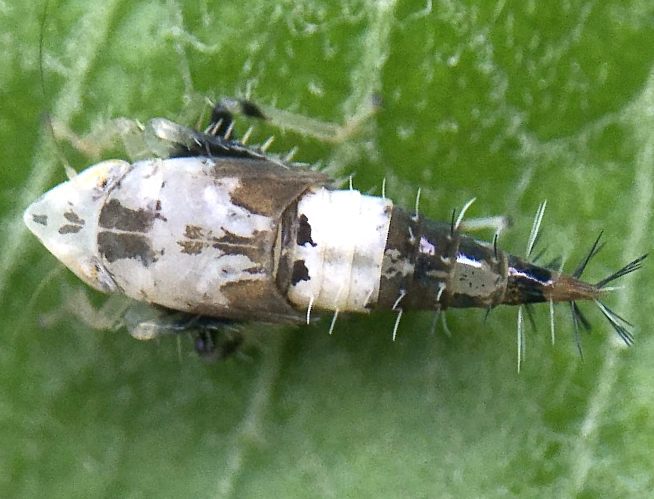


 »
»


